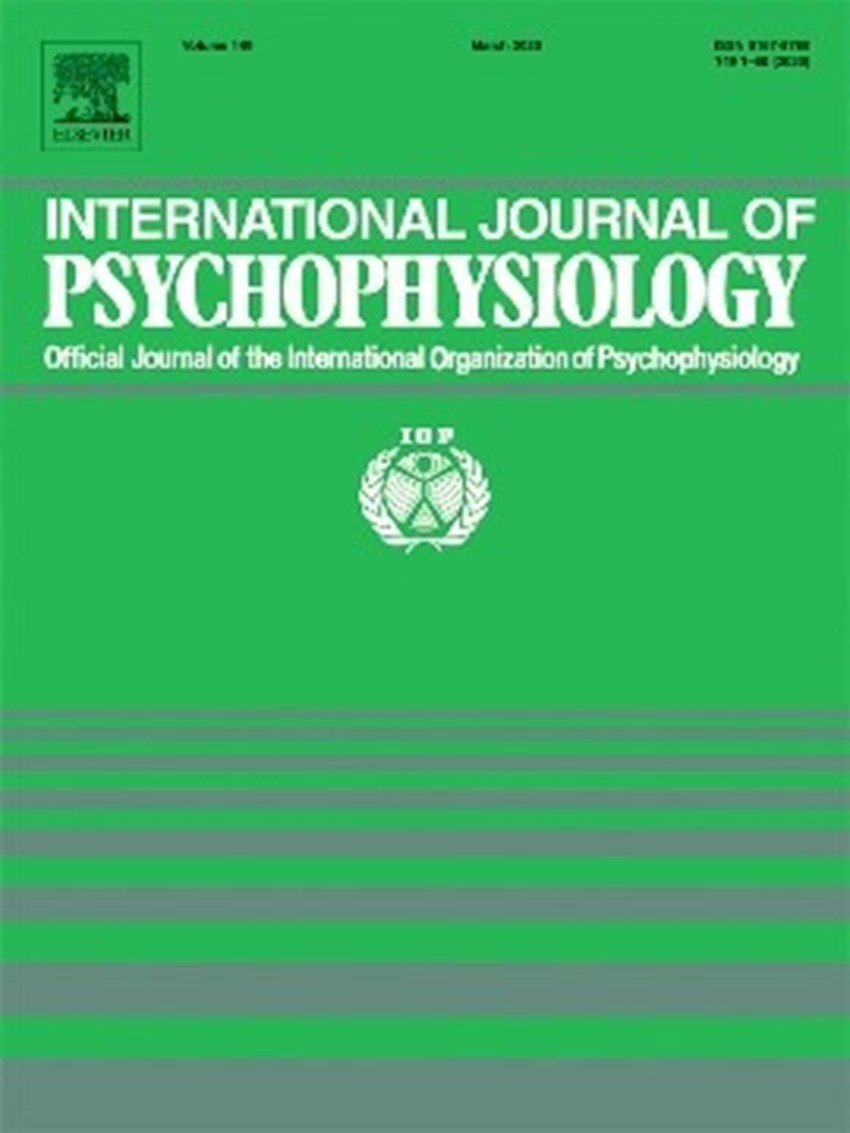No âmbito projeto de investigação apoiado pela Fundação BIAL 51/14 - The Dissociated Self: An Investigation of Emotional Responses to a new Body-threat Task in those Predisposed to Anomalous Body Experiences, Dissociation and Disembodiment, Jason Braithwaite e colaboradores publicaram o artigo The Body-Threat Assessment Battery (BTAB): A new instrument for the quantification of threat-related autonomic affective responses induced via dynamic movie clips na revista International Journal of Psychophysiology.
“We present a new instrument for the assessment of responses to threat-related imagery directed towards a human body – the Body-Threat Assessment Battery (BTAB). The BTAB consists of a series of high-definition dynamic clips depicting body-threats and matched non-threat baseline behaviours. For body-threat stimuli a perspective manipulation was included to assess the effects of viewing threats from the point-of-view of the observer (POV) or from an external/exocentric perspective (EXO). Green-screen technology was used so that extraneous background information could be removed and standardised in post-production. Categorical normative data for psychological ratings (valence, arousal and pain), psychophysiological, phasic skin conductance responses (SCRs) and tonic skin conductance levels (SCLs) were obtained for all stimuli. Body-threat stimuli evoked significantly higher psychological ratings of arousal and pain, with more negative ratings of valence, relative to baseline stimuli. In addition, threat stimuli also had an increased efficacy at evoking SCRs, and these were significantly stronger relative to baseline stimuli. There were no effects of perspective on psychophysiological or psychological responses to threat imagery. The findings are discussed in the context of the utility and scope of the BTAB for supporting neurocognitive investigations of aversive imagery and body-threats specifically in the study of embodiment, body-processing and self-consciousness.”

































































































